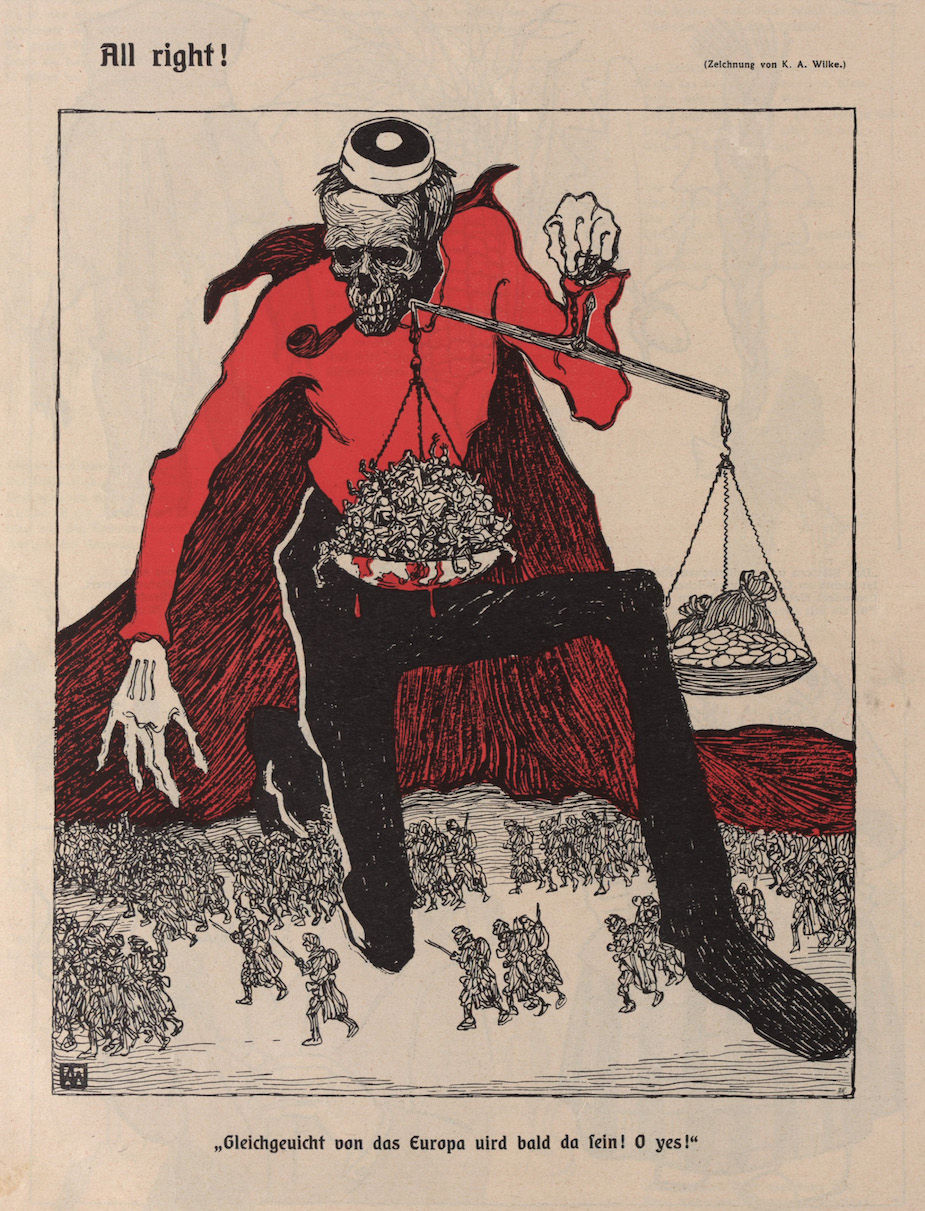Karl Alexander Wilke: Master of Viennese Illustration and Design
- squint

- Aug 18
- 2 min read
In the golden era of Viennese modernism, when the city was a thriving hub of artistic innovation, Karl Alexander Wilke (1879–1954) emerged as a distinctive voice in illustration, graphic design, and visual culture. Although not as widely known today as some of his contemporaries, Wilke played a crucial role in shaping the visual identity of early 20th-century Austria through his refined sense of style, mastery of line, and elegant humor.

Early Life and Training
Born in Austria-Hungary in 1879, Wilke came of age in a period marked by the Secessionist movement and the rapid modernization of Vienna. His formal training and artistic roots remain somewhat obscure, but by the early 1900s, Wilke had firmly established himself in the Viennese art scene, particularly through his work in illustration and print media. He became one of the regular contributors to “Die Muskete”, a satirical magazine that gained widespread popularity during the Austro-Hungarian Empire and into the interwar period.

Style and Aesthetic
Wilke’s visual language is unmistakably tied to the traditions of “Jugendstil” (Art Nouveau) and “Secessionist aesthetics”, characterized by flowing lines, stylized figures, and a keen attention to decorative detail. Yet his work also evolved with the times, incorporating elements of early modernism and the crisp graphic clarity that would later define Art Deco.
His illustrations often carried a humorous or whimsical tone, capturing scenes of Viennese social life, military caricature, and romantic encounters with elegance and wit. He had a particular talent for expressive faces and graceful figure drawing, often infusing even his lightest sketches with a sense of narrative and charm.

Contributions to Print Media
As a leading illustrator for “Die Muskete”, Wilke’s works were instrumental in defining the magazine’s tone—witty, urbane, and visually refined. “Die Muskete” was known for its political satire and cultural commentary, and Wilke’s illustrations were a perfect match for its editorial voice. He also contributed to other periodicals and book illustrations, helping to bring a sophisticated, cosmopolitan flair to Austrian visual culture during a time of immense social and political change.
Legacy and Influence
Although Wilke never achieved the international fame of contemporaries like “Gustav Klimt” or “Koloman Moser”, his contributions to the visual arts are significant. His work captures the spirit of fin-de-siècle Vienna and the interwar period with both precision and poetry. As modern interest in early 20th-century design continues to grow, Wilke’s illustrations are increasingly appreciated for their technical excellence, cultural insight, and timeless appeal.
In recent years, collectors and art historians have begun to reexamine Wilke’s legacy, particularly within the broader context of “Austrian graphic arts and illustration”. His drawings, lithographs, and magazine covers not only provide a window into the aesthetics of his time but also reveal the artist’s own sharp eye for human expression and visual storytelling.

Karl Alexander Wilke may not be a household name, but his work deserves renewed attention. As an illustrator, caricaturist, and visual commentator, he helped shape the cultural fabric of early 20th-century Vienna. His elegant, playful drawings are more than just period pieces—they are lasting testaments to the power of line, composition, and the unique ability of illustration to capture the human experience.



